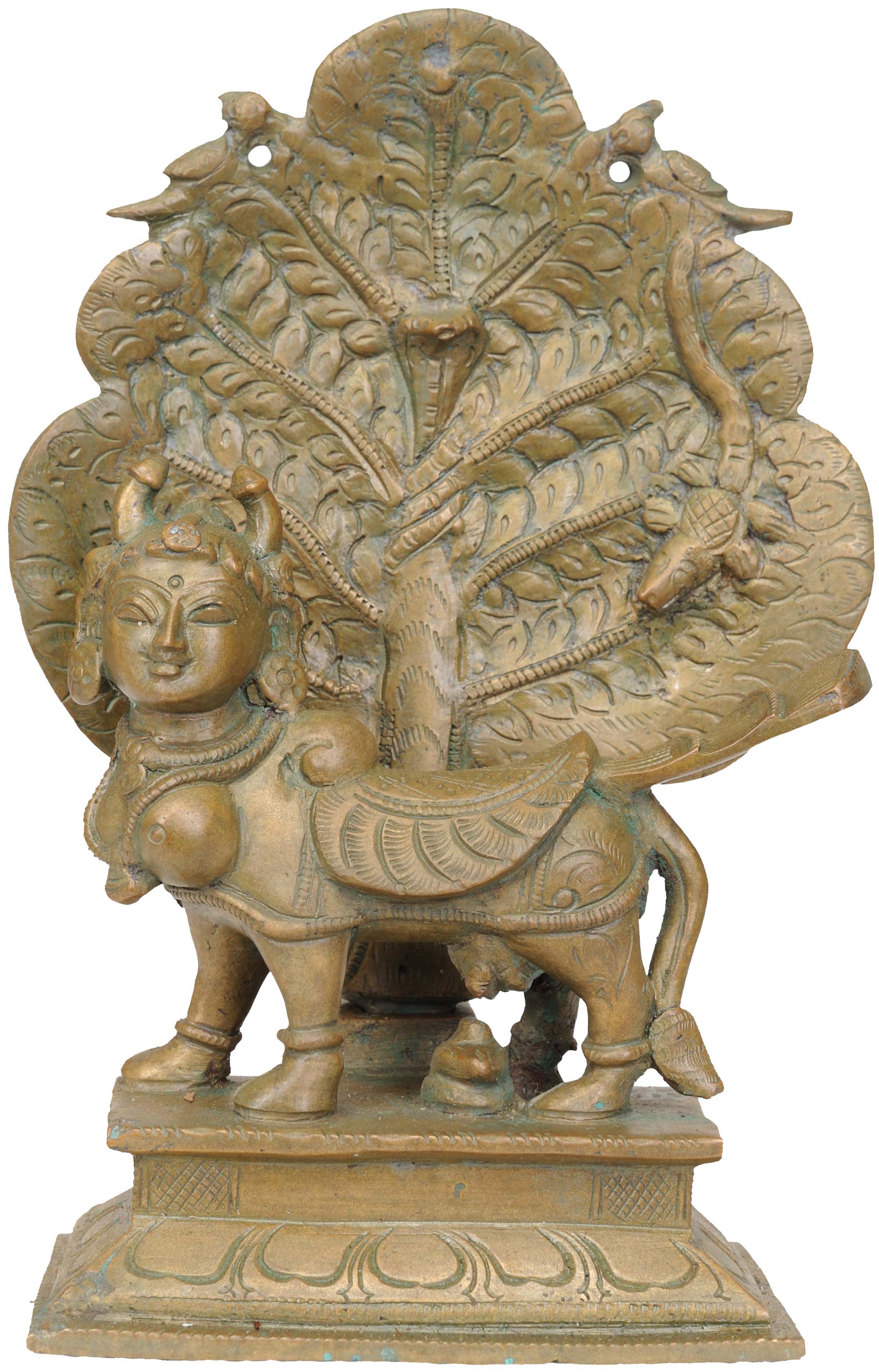The Book of the Heavenly (Celestial) Cow The first rendering of the Book of the Heavenly Cow was produced on the outermost of the four gilded shrines of Tutankhamun discovered in his tomb, though it was incomplete. However, we do find fairly complete versions of the book in the tombs of Seti I (KV17), Ramesses II (KV7) and Ramesses III (KV11). There’s a lovely scene depicting the heavenly cow in an antechamber of the tomb of Seti I in the Valley of the Kings: The scene shows the heavenly cow, with stars on her belly, being supported by Shu, the god of the air. As the heavenly mother, she gives birth to the sun anew every morning, and thus, by extension, to the dead as well.
EGYPT'S MYSTERIOUS BOOK OF THE FAIYUM
Walter's Art Museum
Baltimore, MD
thewalters.org/exhibitions/faiyum
My Role: Primary duties - case layouts and construction drawings; additional tasks – interactive prototyping and design development.
The Book of the Faiyum is an exquisitely illustrated ancient papyrus depicting Egypt’s Faiyum oasis, a center of prosperity and ritual during the Greco-Roman period. Major sections of the manuscript —reunited for the first time in 150 years —were displayed alongside Egyptian statues, reliefs, jewelry, and ritual objects to illuminate the religious context that gave rise to the enigmatic tale of Sobek, the crocodile god who brings sun to the Faiyum.




Egypt's Mysterious Book of the Faiyum offered a new look at ancient Egypt. It went beyond the usual exhibition subject matter of mummies and tombs, preparations for the afterlife, and the famous pharaohs by exploring ancient Egyptian artistry, mythology, and religious iconography. Additionally, the exhibition focused on a period thousands of years after the Pyramids at Giza or Tutankhamun’s rule as the Book of the Faiyum dates to some time between the late 1st century BCE and the second century CE, when the Romans ruled Egypt. The exhibition centered on the Faiyum, an oasis in the desert to the West of the Nile.
Egypt’s Mysterious Book of the Faiyum displayed approximately 80 works of ancient Egyptian art, including statues, reliefs, parts of coffins, papyri, and jewelry. Moving through the galleries, as if traversing the lake or walking through the narrative of the book itself, visitors encountered works of art that portrayed the divine figures illustrated in the book. The exhibition encouraged reflection on the mysteries surrounding the Book of the Faiyum, including why it was made and for whom.
October 2013 - January 2014
All Photos: Walter's Art Museum
The “Book of the Heavenly Cow”, or “The Book of the Cow of Heaven”, is an Ancient Egyptian text thought to have originated during the Amarna Period and, in part, describes the reasons for the imperfect state of the world in terms of humankind’s rebellion against the supreme sun god Ra. Divine punishment was inflicted through the goddess Hathor with the survivors suffering through separation from Ra who now resided in the sky on the back of Nut the heavenly cow.
Book Of The Heavenly Cow
With this “fall” suffering and death came into the world along with a fracture in the original unity of creation. The supreme god now changes into many heavenly bodies, creates the “Fields of Paradise” for the blessed dead, perhaps appoints Geb as his heir, hands over the rule of humankind to Osiris (Thoth ruling the night sky as his deputy) with Shu and the Heh gods now supporting the sky goddess Nut. Though the text is recorded in the New Kingdom period it is written in Middle Egyptian and may have been written during the Middle Kingdom period.
The Book Of The Heavenly Cow Summary
The “Book of the Heavenly Cow” may have originated from the Pyramid Texts dawn myth accounts but by the New Kingdom the idea was developed to explain death and suffering in an imperfect creation. The work has been viewed as a form theodicy and a magical text to ensure the King’s ascent into heaven. It has also been viewed as thematically similar to more developed accounts of the destruction of mankind in the Mesopotamian and biblical stories of the flood.